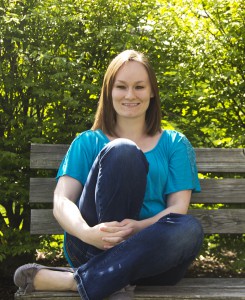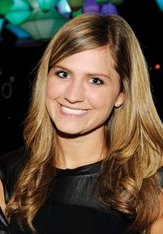 For many soon-to-be young professionals, the most highly anticipated (and somewhat dreaded) day of their scholastic career is quickly approaching. The weeks leading up to graduation are a blur. Between finals, awards ceremonies and saying, “goodbyes,” to friends, there is hardly any time to fully process what is going on.
For many soon-to-be young professionals, the most highly anticipated (and somewhat dreaded) day of their scholastic career is quickly approaching. The weeks leading up to graduation are a blur. Between finals, awards ceremonies and saying, “goodbyes,” to friends, there is hardly any time to fully process what is going on.
Whether you plan on continuing your education, traveling or entering the workforce after graduation, the so-called “real” world is no longer a distant rumor. So, how do you move on from the cram sessions and grow accustomed to this new chapter?
I reached out to some fellow recent graduates, and we put our heads together to identify the best ways to ease the transformation from being a college student to a young professional.
1. Embrace Your Free Time. One of the greatest things about graduating is that you no longer have homework. Suddenly, you have more free time than you know what to do with. Use it wisely. Revisit old hobbies. Take on new hobbies. Get a Netflix account.
2. Everyone Transitions Differently. Keep in mind that goals take time, and everyone lands in a different place after graduation (Click to Tweet!).Avoid comparing yourself to what your friends are doing or where you think you should be by now.
3. Shake it off. You will make mistakes. It’s the only way to learn. Own it. Tell your supervisor. Find a solution, and move on. Chances are you won’t make that mistake again.
4. Get Involved. After college, I started coaching a softball team. I had no idea what I was getting myself into, but I wanted to do something to immerse myself in the community. I have learned more about myself as a leader, and I am having so much fun in the process. Enjoying activities outside of work also helps you to live a more balanced life.
5. Take Advantage of Opportunities. Many employers offer great programs and benefits to help you develop as a professional and grow with the company. I’ve found mentorship programs, in particular, to be invaluable.
6. Be an Expert at Something. As you become more comfortable with your work as a public relations professional, start thinking about what interests you the most. Then, make it your mission to get really good at it.
7. Join an Industry Organization and Stick With It. Organizations like the Public Relations Society of America allow you to meet leaders in your field and learn from them. They give you a chance to practice your craft outside of work. Industry groups are also a great way to start building your professional network.
8. Hang Onto Your Inner College Kid. The college lifestyle doesn’t necessarily have to end when college does. When nostalgia sinks in, there’s nothing wrong with enjoying a bowl of ramen and catching up with your buddies from school.
It’s not easy to adjust to an entirely new lifestyle after college, but these pointers have helped me transition to the “real” world. Do you have additional tips and tricks for recent grads this spring? Leave them in the comments section!
 Callie Turgeon graduated from Gonzaga University in 2014 with a Bachelor of Arts in Public Relations, with a concentration in promotions and entrepreneurial leadership. She is currently an account associate at MSLGROUP, where she works mostly with commodity food accounts. Connect with her on LinkedIn.
Callie Turgeon graduated from Gonzaga University in 2014 with a Bachelor of Arts in Public Relations, with a concentration in promotions and entrepreneurial leadership. She is currently an account associate at MSLGROUP, where she works mostly with commodity food accounts. Connect with her on LinkedIn.








